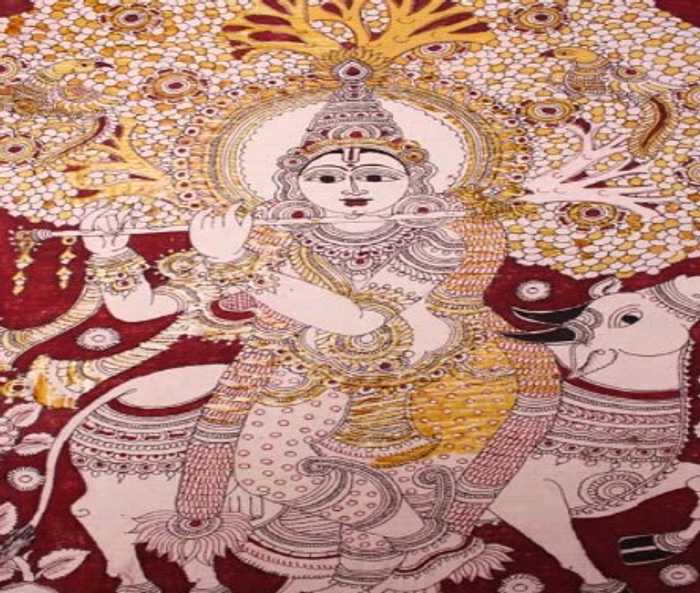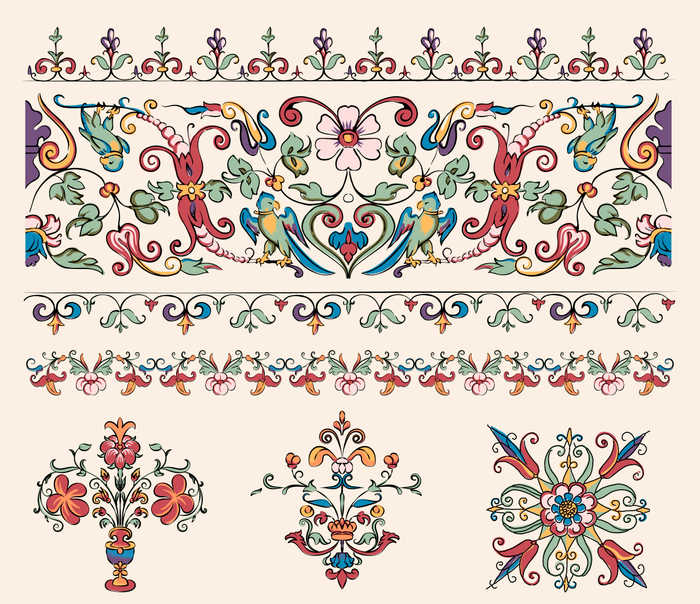Published 14:22 IST, May 21st 2024
The word "Kalamkari" derives from the Persian words "kalam," meaning pen, and "kari," meaning craftsmanship, thus translating to "pen work."
Advertisement
Kalamkari is a traditional Indian art form that involves hand-painting or block-printing on fabric. The word "Kalamkari" derives from the Persian words "kalam," meaning pen, and "kari," meaning craftsmanship, thus translating to "pen work." This ancient art form, known for its intricate designs and bright colours, has a rich history, particularly in the Indian states of Andhra Pradesh and Telangana.
History and origins
Kalamkari art dates back over 3,000 years and has evolved through various phases, influenced by different cultures and dynasties. It is believed to have originated in the Machilipatnam and Srikalahasti regions of Andhra Pradesh. The art initially flourished under the patronage of the Golconda sultans and later the Mughals. Traditionally, Kalamkari was used to create temple hangings, depicting stories from Hindu epics like the Ramayana and Mahabharata, as well as scenes from everyday life.
Advertisement

Techniques and process
There are two main styles of Kalamkari: Srikalahasti and Machilipatnam.
Srikalahasti style
This technique involves freehand drawing with a bamboo or date palm stick, which is pointed at one end and serves as the pen (kalam). The artist uses natural dyes, derived from plants, roots, and minerals. The process is labour-intensive, involving several stages such as preparing the cotton fabric, sketching the designs, applying natural dyes, and washing the fabric to fix the colours.
Advertisement
Machilipatnam style
This style utilises block-printing techniques. Wooden blocks with intricate designs are dipped in natural dyes and stamped onto the fabric. Multiple blocks are used to create the complex patterns, and the process is completed with hand-painting to add finer details. Like the Srikalahasti style, the Machilipatnam technique also relies on natural dyes and an elaborate washing and drying process to set the colours.

Themes and motifs
Kalamkari art is known for its detailed and symbolic motifs. Common themes include mythological scenes, floral patterns, animal figures, and depictions of deities. Each motif has a symbolic meaning, often telling stories from Hindu mythology or portraying cultural and historical narratives. The use of natural dyes gives Kalamkari fabrics a distinctive and vibrant look, with colours like indigo, mustard, rust, and green being prominent. It is often used in traditional attire such as sarees, dupattas, and kurtas, as well as in home decor items like wall hangings and bedspreads.
Advertisement
14:22 IST, May 21st 2024